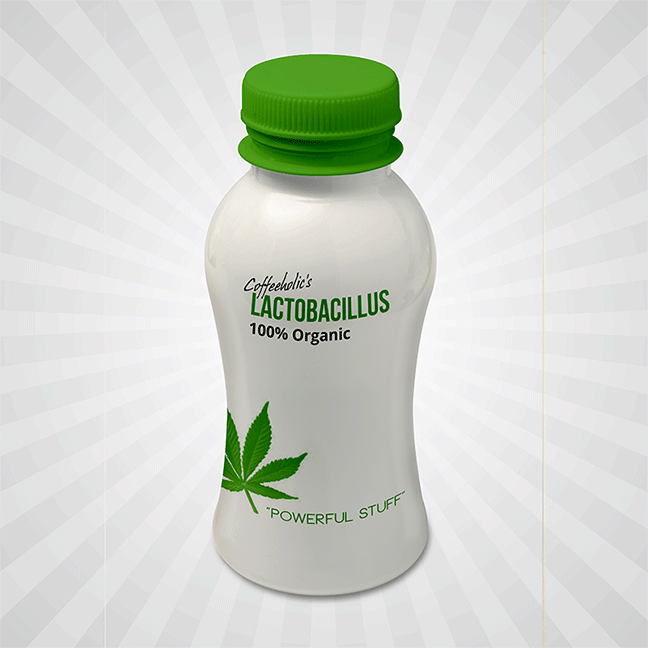
Lactobacillus is a beneficial bacterium that helps sterilize soil and remove byproducts that can build up and create a harmful environment. The presence of lactobacillus limits the undesirable organisms in the soil. This creates a more balanced environment that is able to support plant life. Lactobacillus contributes to decomposition and disease suppression. The bacterial cycle is responsible for regulating the balance of composition in soil, to encourage life by increasing the formation of humus. Lactobacillus also performs as a growth regulator for fungi, yeast and aerobic bacteria.
The Lactobacillus Recipe
1 Dl. rice wash
1 L. Milk
1 kg. sugar
After rice wash and milk remove curds – around 1 Dl.
= 2 L. lactic acid bacteria serum
1. Get container, fill halfway with rice-wash. Rice wash is the water leftover when you rinse fresh rice. For example, go buy rice, whatever kind, bring it home, put it in a pot with warm water, swirl it a bit and then drain the [now milky colored] water. The water is now a rich source of carbohydrates. In this step, you can substitute rice with another carbohydrate source if you don’t have rice, as long as it is complex (don’t use simple carbohydrates like sugar, honey, syrup, molasses, etc). You can use wheat, barley, kinoa, other carbohydrates as the base to make your carbohydrate wash. This wash will attract microbes from the air, among them lacto bacilli.
2. Cover loosely and let stand for a couple days to a week
When is it done? When you see a light film on top (molds) and it smells a little sour and forms 3 layers. This is indicating the rice wash is infected with various microbes. This happens more quickly in warm temperatures because microbes are more active. Thus it is all relative since we don’t do this in controlled laboratory conditions.
Top layer: floating carbohydrates leftover from fermentation and possibly molds
Middle layer: Lactic Acid and other bacteria (cheese buffs will recognize this as a makeshift “rennet”). We will use this layer.
Bottom layer: Starch, byproduct of fermentation
5. Get a new container, larger than the first. Take the extracted serum from the last step and mix it with 10 parts milk. By saturating with milk (lactose), we dissuade other microbes from proliferating, leaving L. bacilli. E.G. if you have 1cup of the serum, mix it with 10cups milk.
6. You want to keep this stage anaerobic as much as possible. You can use something like rice bran, barley bran, wheat bran, etc sprinkled on top of the milk. I use a sealed container with a one-way valve.Note: Beware of bubbling during this phase. It can lead to overflows if you filled to near the top. It can go through the one-way valves so keep an eye on it and don’t do this step around nice things
7. After about 1 week (temp dependent), you’ll see curds (made of carbohydrate, protein, and fat) on top of the milk. The water below will be yellow colored – this is whey, enriched with lactic acid bacteria from the fermentation of the milk.
8. The water below(whey+lacto) is the good stuff. You want to extract this. You can either skim the curds off the top, pour through a strainer, or whatever other methods to accomplish that
9. To preserve at room temperature, add an equal part sugar/molasses to the serum. So, if you have 1L of serum, add 1kilo sugar or 1L molasses. Otherwise store in fridge to keep.
Where and when to use?
#1 Use it as a foliar spray every one or two weeks. Delute with chlorine free water, 1:20
(it will totally populate the leaf surface and use up the food supply, thereby starving out any pathogens that might also want to populate the leaf surfaces of plants. Its presence protects the plant, allowing the pores on the plant’s leaves to open up larger and stay open longer so the plant can get more nutrients).
#2 Use as a "work horse" in organic nutrients like the Two Part DIY Grow Nutrients Formula that includes Fish Hydrolysate and Plant matter extract.


